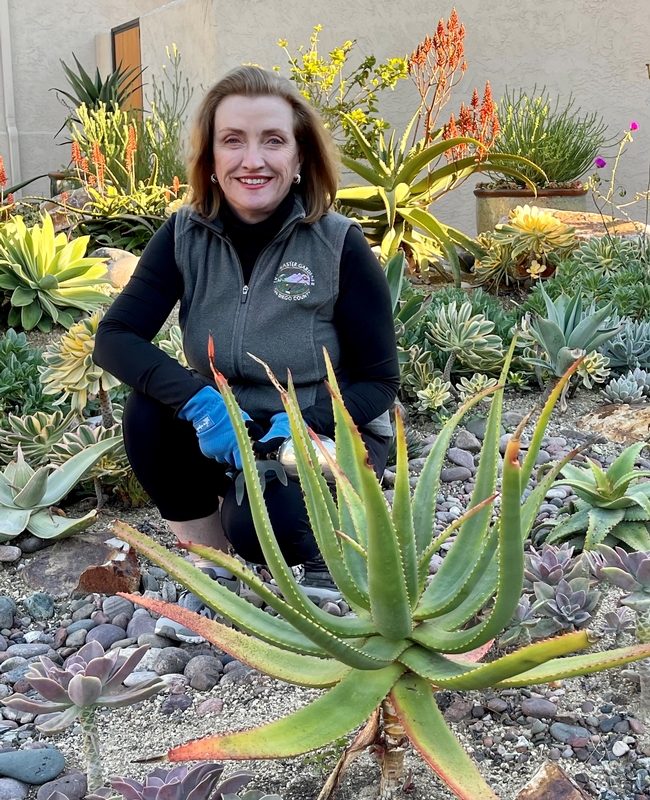
UC Master Gardener Francie Murphy in her succulent garden.
February 9, 2021 - By Jeannette E. Warnert - UC Master Gardener Francie Murphy was pruning the succulents in her San Diego front yard when an unfortunate accident catalyzed her commitment to communicating the dangers of toxic plants. She trimmed a stem on her drought-tolerant pencil milk bush and milky sap spurted into one eye, causing stinging pain.
“I tried to wipe it out, and in doing so got in both eyes. I was blinded. The pain was unbelievable,” she said.
A nearby friend rushed her to the emergency room where the doctor diagnosed chemical burns to her corneas and washed her eyes with two liters of saline water each. Murphy removed the plant from her garden, but saw it growing throughout her community.
“I knew we had to do something,” she said.
Drought-tolerant plants like cacti, yucca, agaves and aloes have adaptations to protect themselves from wildlife in search of the moisture within their leaves and stems. They have spikes or spines to ward off people and animals. Other plants don't have outward signs of danger. Fire sticks, also known as sticks on fire and pencil cactus and by its scientific name Euphorbia tirucalli, is a very popular succulent in frost-free areas. Its vertical growth habit and showy soft green to reddish-gold stems make it a striking landscape specimen. A native of southern Africa, the smooth, coral-like stems look deceptively harmless. The sap is toxic.
“Fire sticks should be planted far from walkways, in the back of the landscape, where you can see them, but not touch them,” said UC Cooperative Extension natural resources advisor Chris McDonald. “When trimming the plant, wear long pants, long sleeves and eye protection. If the plant is tall, consider protecting your face.”
After Murphy shared her story about these plants with other Master Gardeners, UCCE San Diego gathered a team and worked with colleagues to secure funding from the County of San Diego to develop a website and handouts to inform the community about readily available yet toxic drought-tolerant plants being planted into California landscapes.
The handout can be downloaded from the Plant Safely website (https://ucanr.edu/sites/PlantSafely/). The materials were quickly distributed to nurseries, garden events and Master Gardener help booths, such as at farmers markets, home shows and fairs, and other educational events. A key feature of the website is a database of nearly 100 plants (which can be found here) with photos and descriptions that explain how they are unsafe and how they can be used safely in the landscape. (https://ucanr.edu/sites/PlantSafely/Common_Names/)
Some common yet toxic landscape plants included in the database are:
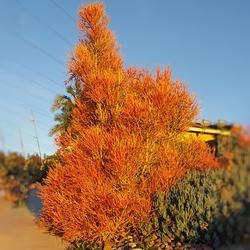 |
|
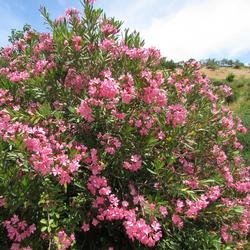 |
|
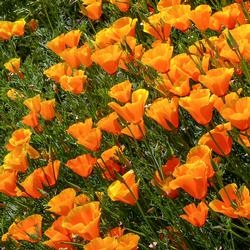 |
|
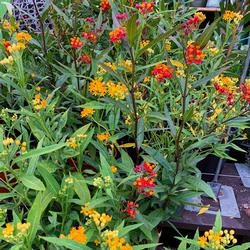 |
|
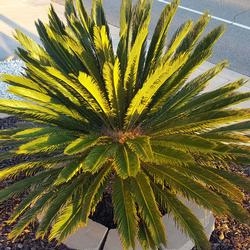 |
|
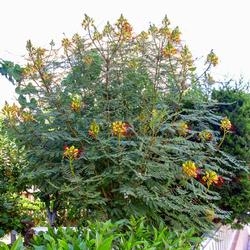 |
|
“These potentially harmful plants are grown widely in many parts of California,” McDonald said. “It's important to promote drought-tolerant landscapes, and we must also do it in a way that preserves public health.”
View the UC Master Gardener video about safely planting fire sticks (Euphorbia tirucoli):
Source: UC ANR








